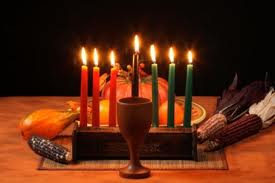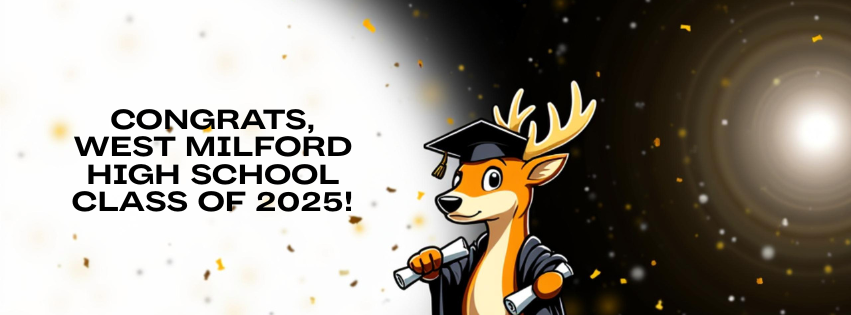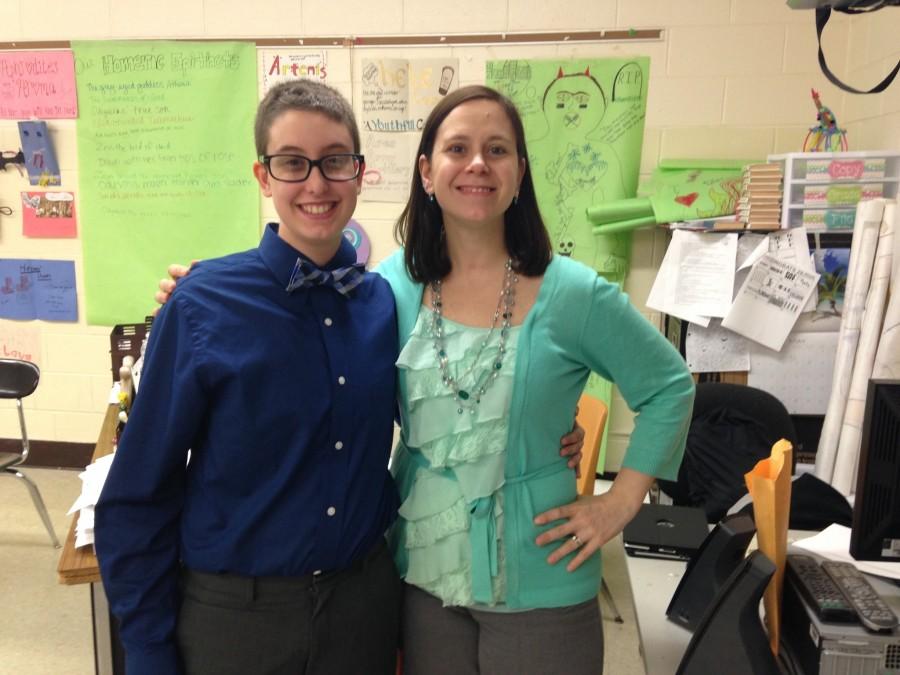Christmas is right around the corner, and with the hustle and bustle of the holiday, people rarely ever get to know about the origin of Christmas. Christmas started in 221 AD. In many parts of the world, different winter celebrations were held because of the lack of work. During winter, crops would not grow so there was not so much work to do and because of this, they partied. These winter festivals were sometimes used to honor some gods, and those festivals were said to have occurred on Christmas day.
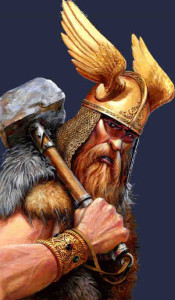 The Norse people celebrated Yule to honor the Norse god Thor, God of Thunder. He would protect the people while the sun goddess was in her transformation of rebirth, only to awaken during the days of spring and summer. The days of darkness and death were seen to be in the winter. The god Thor would watch the people and protect them each winter from the harm of the season. The celebration lasted from the beginning of the winter solstice to the 12th of January. The feast and drinking lasted three days, but the celebration carried out for a full three weeks.
The Norse people celebrated Yule to honor the Norse god Thor, God of Thunder. He would protect the people while the sun goddess was in her transformation of rebirth, only to awaken during the days of spring and summer. The days of darkness and death were seen to be in the winter. The god Thor would watch the people and protect them each winter from the harm of the season. The celebration lasted from the beginning of the winter solstice to the 12th of January. The feast and drinking lasted three days, but the celebration carried out for a full three weeks.
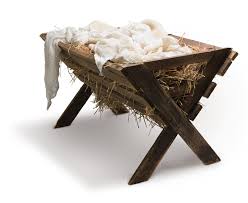 Catholics and Christians both celebrate Christmas as the symbolic day of Jesus’ birth. Mary and Joseph were both told by an angel the messenger of god that Virgin Mary would conceive a child given to her by the Lord. Mary and Joseph were rejected by all the inn keepers due to their “accusations” of carrying the “would be” Messiah. Joseph led Mary on a donkey to a stable stall were she would give birth to baby Jesus at midnight on Christmas Day. The shepherds were told of the birth of Jesus by the angels and ghosts who were singing and leading them to the stall. They rejoiced and stood in awe before Mary and Jesus then spread the news that the savior was born. It is also said that the three kings (also known as the magi, or wise men) followed the North Star which appeared when Christ was born to signal the King of Jews was born. They followed the star to the stall where Mary, Joseph, and Jesus were to present their gifts. The king of Sheba, Gaspar presented the Frankincense. Melchior, King of Arabia gave the gift of gold, and lastly Balthazar, King of Tarse and Egypt gave Myrrh to Jesus. Christmas is the day that Catholics and Christians alike celebrate the day of their savior’s birth.
Catholics and Christians both celebrate Christmas as the symbolic day of Jesus’ birth. Mary and Joseph were both told by an angel the messenger of god that Virgin Mary would conceive a child given to her by the Lord. Mary and Joseph were rejected by all the inn keepers due to their “accusations” of carrying the “would be” Messiah. Joseph led Mary on a donkey to a stable stall were she would give birth to baby Jesus at midnight on Christmas Day. The shepherds were told of the birth of Jesus by the angels and ghosts who were singing and leading them to the stall. They rejoiced and stood in awe before Mary and Jesus then spread the news that the savior was born. It is also said that the three kings (also known as the magi, or wise men) followed the North Star which appeared when Christ was born to signal the King of Jews was born. They followed the star to the stall where Mary, Joseph, and Jesus were to present their gifts. The king of Sheba, Gaspar presented the Frankincense. Melchior, King of Arabia gave the gift of gold, and lastly Balthazar, King of Tarse and Egypt gave Myrrh to Jesus. Christmas is the day that Catholics and Christians alike celebrate the day of their savior’s birth.
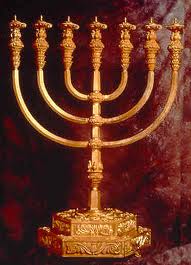 Hanukkah is a holiday celebrated by the followers of Judaism. The story goes that the Greek King Antiochus IV was the rulers of the lands Syria, Egypt, and Palestine. He was very anti-Semitic and started to massacre the Jewish people and forbid them from practicing their own religion unless converting to his religion. Some people did convert while others decided to stand their ground and fight. One family in particular was the family of the Jewish High Priest Mattathias. Mattathias gathered other Jewish followers to fight the Greeks and these rebels became known as the Maccabees. The Maccabees restored peace and defeated the Greeks. When they returned to the Temple in Jerusalem they found it in shambles. Their beloved temple had been defaced and damaged. They did not give up and decided to purify the temple by lighting the sacred menorah for eight days with ritual oil. They only found enough oil for a single night; however, they still lit the menorah. That night and for the next seven, the menorah remained lit. This miracle gave hope to the Jewish people.
Hanukkah is a holiday celebrated by the followers of Judaism. The story goes that the Greek King Antiochus IV was the rulers of the lands Syria, Egypt, and Palestine. He was very anti-Semitic and started to massacre the Jewish people and forbid them from practicing their own religion unless converting to his religion. Some people did convert while others decided to stand their ground and fight. One family in particular was the family of the Jewish High Priest Mattathias. Mattathias gathered other Jewish followers to fight the Greeks and these rebels became known as the Maccabees. The Maccabees restored peace and defeated the Greeks. When they returned to the Temple in Jerusalem they found it in shambles. Their beloved temple had been defaced and damaged. They did not give up and decided to purify the temple by lighting the sacred menorah for eight days with ritual oil. They only found enough oil for a single night; however, they still lit the menorah. That night and for the next seven, the menorah remained lit. This miracle gave hope to the Jewish people.
Many people have the common misconception that Kwanzaa is an African Christmas, however, it is not. Kwanzaa is a time to celebrate life. Dr. Maulana Karenga actually invented the holiday and introduced it to the United States in 1966. Kwanza actually means first in Kiswahili. It is actually celebrated from December 26 to the first of January. There are seven pillars that are focused on during Kwanzaa: unity, self determination, collective work and responsibility, cooperative economics, purpose, creativity, and faith. Each pillar is represented by a candle on a mat called a mkeka. Corn is placed to represent the young children on the mkeka and a unity cup to represent the ancestors. The kinara is the candle holder and is the personification of the 55 original African countries. The candles come in three red, three green, and one black. On the last day of December a giant feast is held where people often exchange gifts. The time of Kwanzaa is to reflect on who you are, who you want to be, and who you should be. Happy Holidays to all, whatever you celebrate!